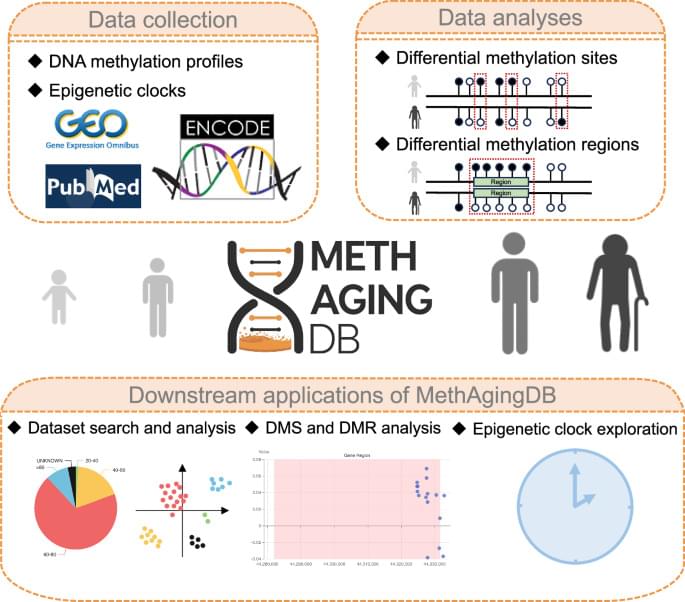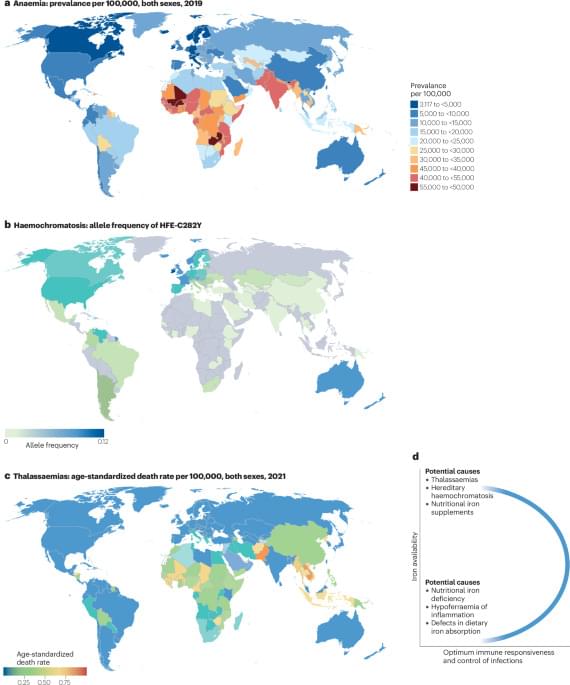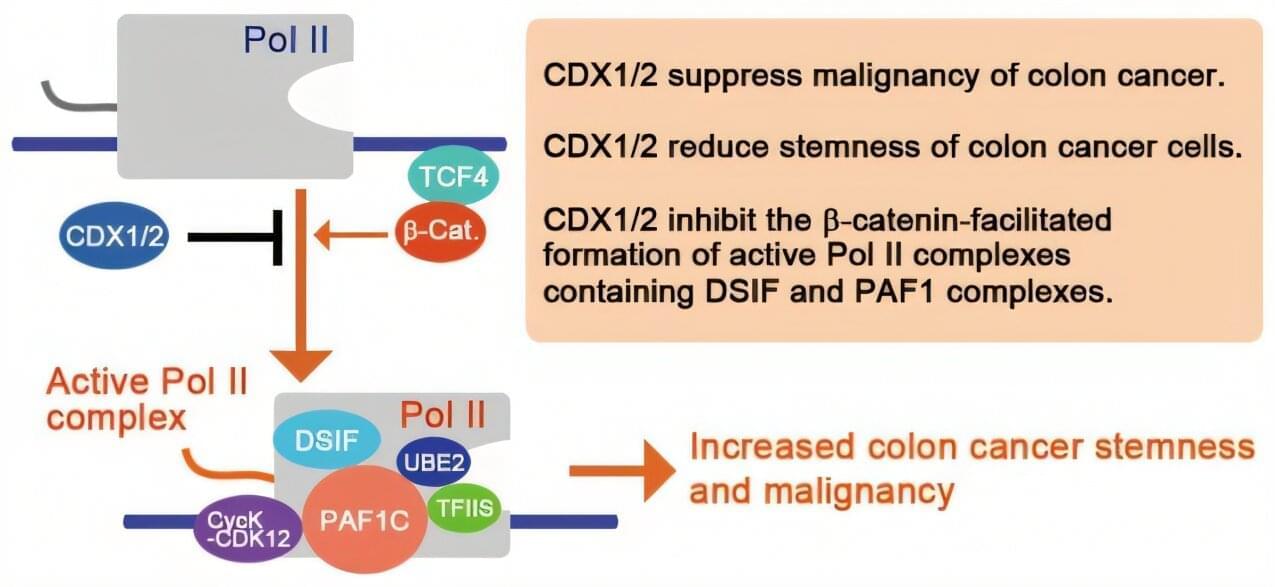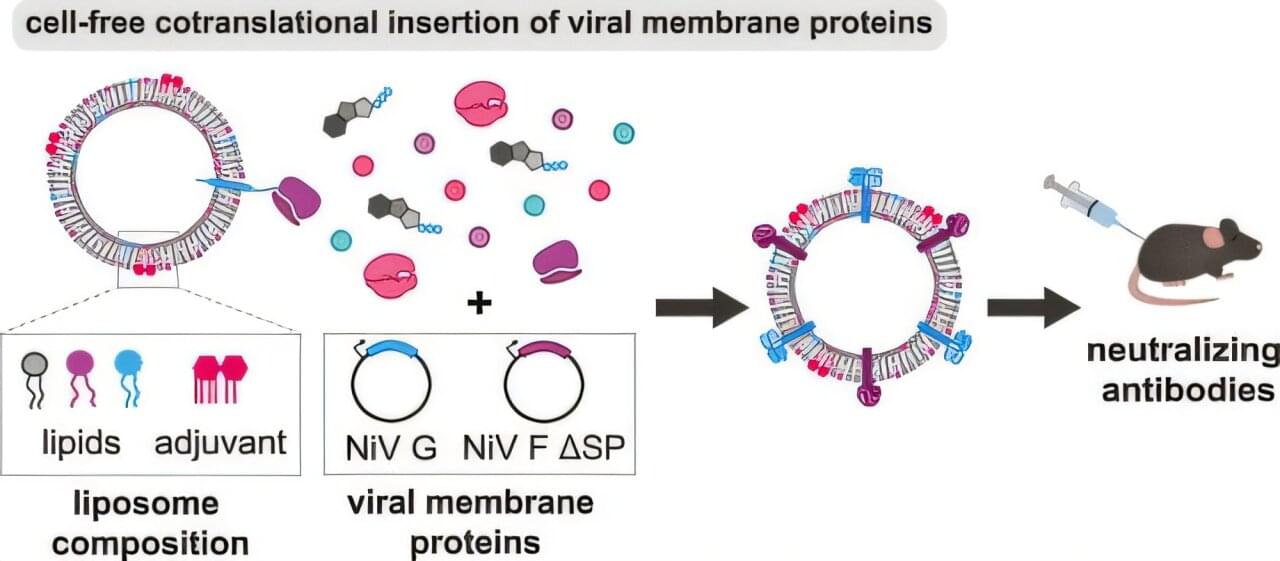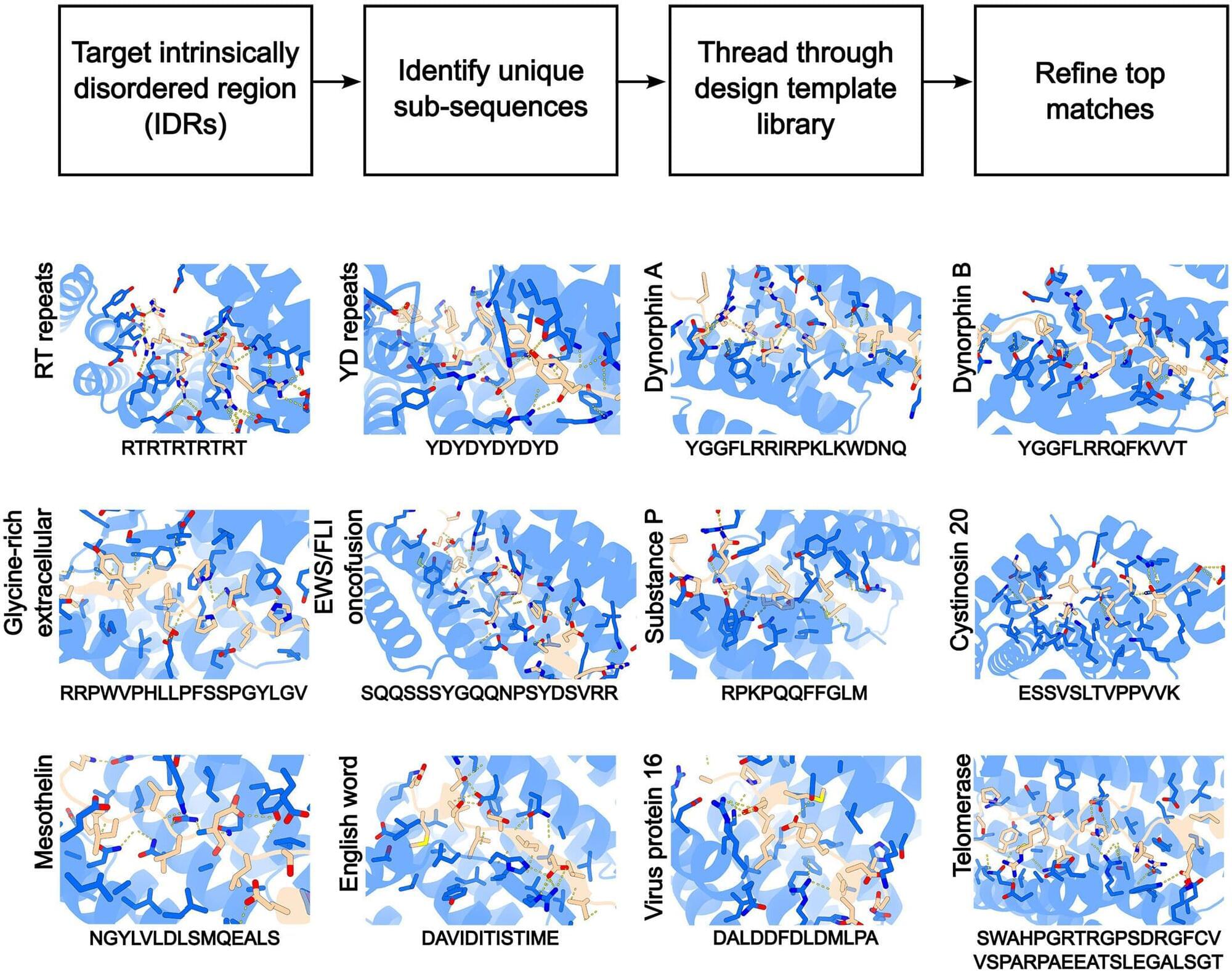Scientific Data — MethAgingDB: a comprehensive DNA methylation database for aging biology. MethAgingDB includes 93 datasets, with 11,474 profiles from 13 distinct human tissues and 1,361 profiles from 9 distinct mouse tissues. The database provides preprocessed DNA methylation data in a consistent matrix format, along with tissue-specific DMSs and DMRs, gene-centric aging insights, and an extensive collection of epigenetic clocks. Together, MethAgingDB is expected to streamline aging-related epigenetic research and support the development of robust, biologically informed aging biomarkers.
